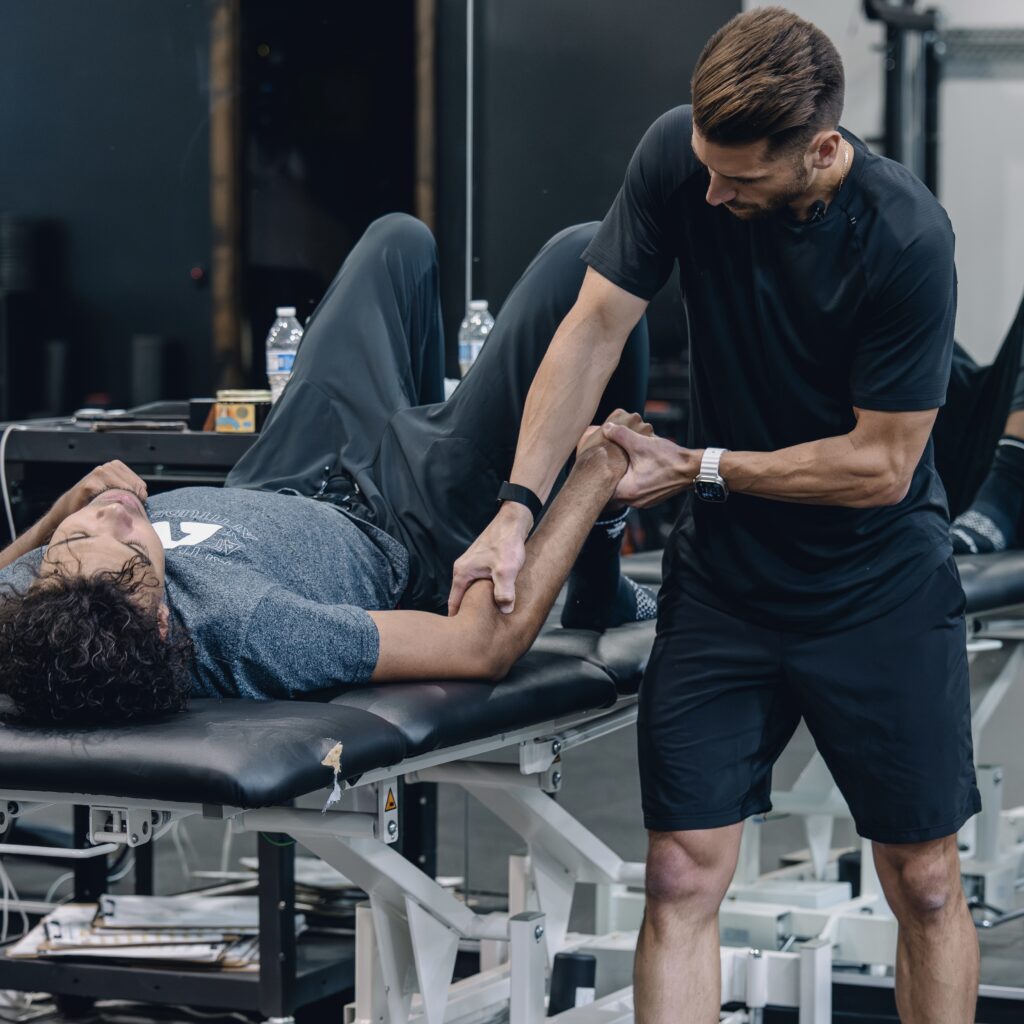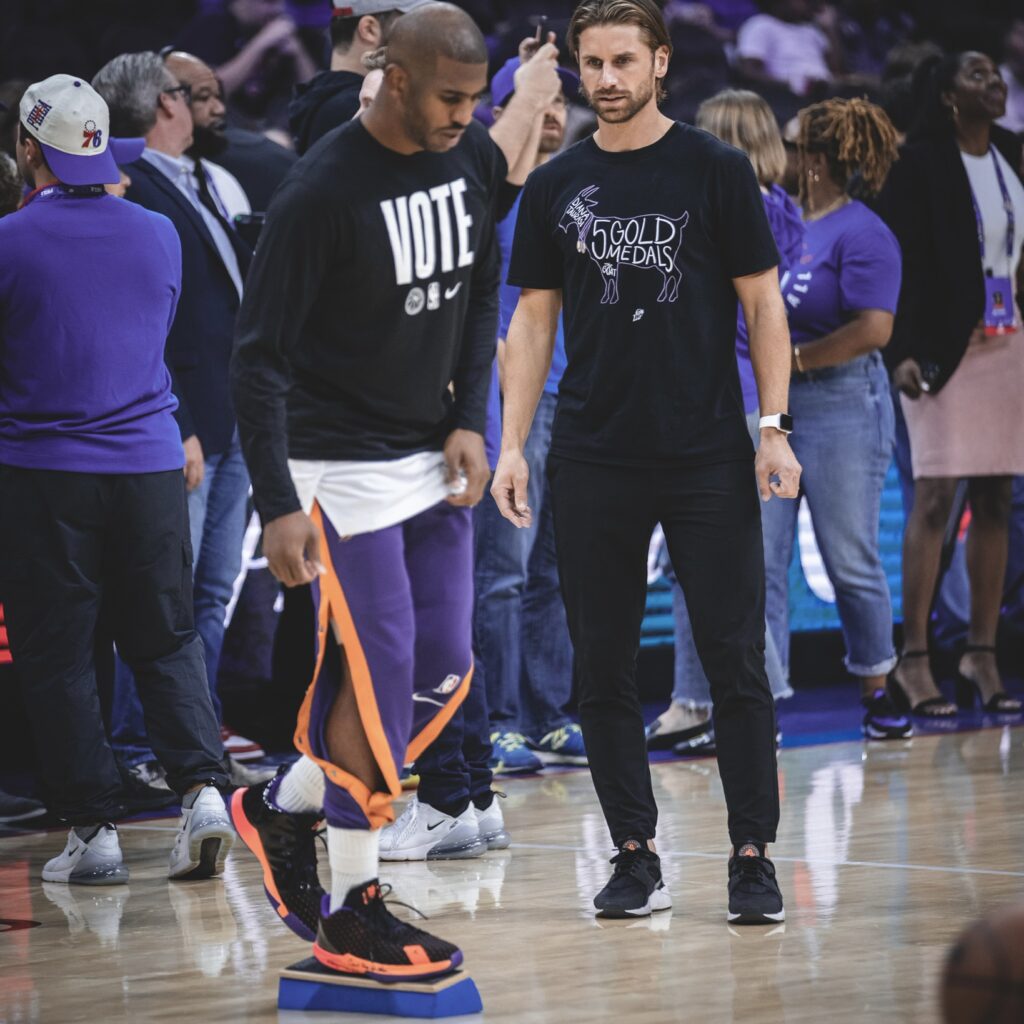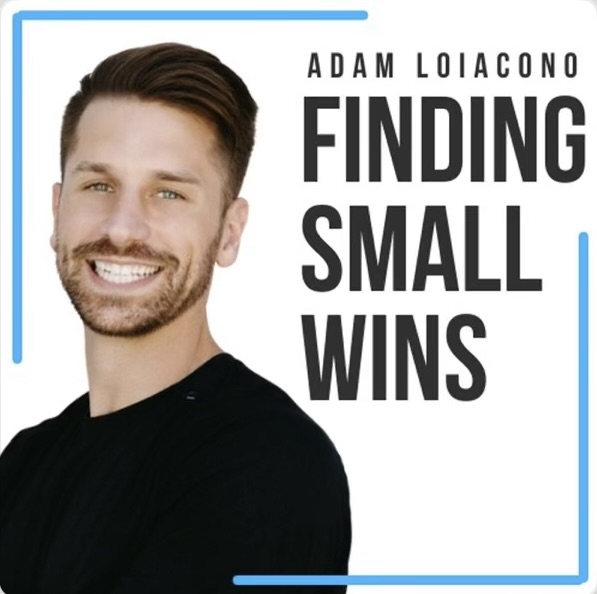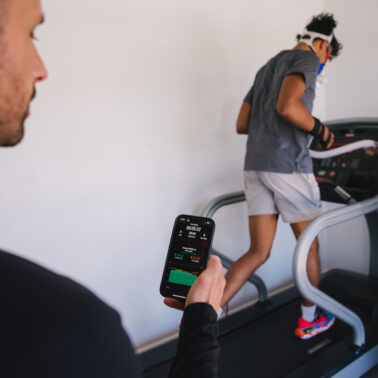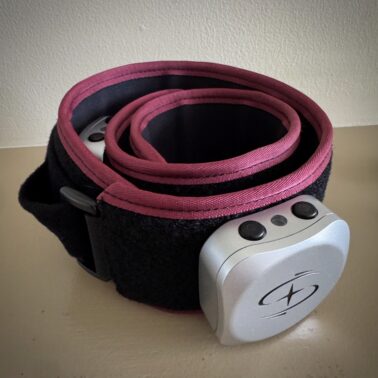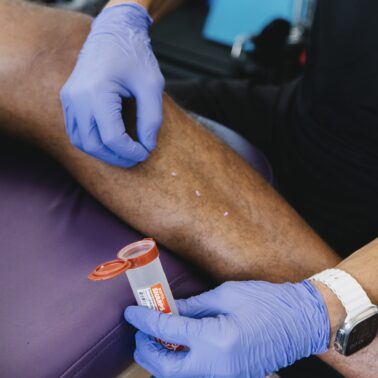Approximate Read Time: 14 minutes
“Regenokine, also called Orthokine or Autologous Conditioned Serum, promises relief for painful joints and tendons — but is it innovation or just hype?”
What You will learn
- How Regenokine reduces inflammation in joints and tendons.
- Evidence behind Regenokine in sports medicine.
- How Regenokine compares to PRP and stem cells.
What is Regenokine?
Regenokine, also known as Orthokine® or Autologous Conditioned Serum (ACS), is a biologic therapy originally developed in Germany in the 1990s. Unlike platelet-rich plasma (PRP), which relies heavily on platelet-derived growth factors, Regenokine is a cell-free serum enriched with anti-inflammatory proteins — most notably the interleukin-1 receptor antagonist (IL-1Ra) (Wehling et al., 2007; Evans et al., 2016).
The therapy involves drawing the patient’s blood, incubating it with specially treated glass beads, and then processing it into a serum that is injected into the affected joint or tissue. During the incubation process, white blood cells ramp up production of IL-1Ra and other anti-inflammatory cytokines while minimizing pro-inflammatory mediators like IL-1β and TNF-α (Wehling et al., 2007).
For branding clarity:
- Orthokine® = the original patented process in Germany
- Regenokine® = the branded program marketed globally by Dr. Peter Wehling
- Autologous Conditioned Serum (ACS) = the scientific term used in research publications
Think of Regenokine as noise-cancelling headphones for inflammation. It doesn’t rebuild cartilage like resurfacing a road, but it quiets the background “static” of inflammation so the joint functions better.
How Regenokine Works
The biologic premise of Regenokine lies in interleukin-1 receptor antagonist (IL-1Ra). Interleukin-1 (IL-1) is a switch in joint inflammation and cartilage breakdown. In osteoarthritis and tendon injuries, IL-1 acts like a spark that accelerates the degenerative fire. IL-1Ra works as the natural fire extinguisher, blocking IL-1 from binding to its receptor and slowing inflammatory cascades (Evans et al., 2016).
Research confirms that ACS prepared through the Orthokine system achieves 10- to 1000-fold higher concentrations of IL-1Ra compared to baseline serum, while also elevating other protective mediators (Wehling et al., 2007). Importantly, the process suppresses IL-1β and TNF-α, two destructive cytokines tied to cartilage degradation.
Systematic reviews support this rationale. A 2024 Cureus review of 18 clinical studies in knee osteoarthritis concluded that ACS consistently reduces pain and improves function, often outperforming hyaluronic acid, corticosteroids, and in some studies, PRP (Jeyaraman et al., 2024). Similarly, updated European data highlight ACS as a candidate disease-modifying osteoarthritis drug (DMOAD) because of its ability to alter the inflammatory environment of the joint (Hang et al., 2025).
If traditional injections like cortisone are “short-term band-aids,” Regenokine is more like installing a thermostat in the joint, recalibrating the environment to favor calm over chaos.
Regenokine vs. PRP vs. APS: Sorting Out the Alphabet Soup
A major point of confusion in regenerative medicine is distinguishing Regenokine/ACS from other autologous injections like PRP and Autologous Protein Solution (APS).
- PRP (Platelet-Rich Plasma): Produced by centrifuging blood to concentrate platelets. Rich in growth factors that stimulate repair, but variable in composition depending on preparation.
- APS (Autologous Protein Solution, e.g., nSTRIDE): Uses filtration devices to concentrate anti-inflammatory proteins, including IL-1Ra, but not to the same magnitude as ACS.
- ACS/Regenokine: Incubates whole blood on treated glass beads, leading to a serum super-enriched with IL-1Ra and other cytokines, but without platelets or leukocytes in the final injection (Wehling et al., 2007; Evans et al., 2016).
Comparative clinical data reflect these mechanistic differences. ACS has been shown to offer superior pain reduction and functional improvement compared to PRP in certain knee osteoarthritis cohorts. (Jeyaraman et al., 2024; Hang et al., 2025).
“PRP builds, Regenokine calms — one drives repair, the other dials down inflammation.”
Evidence in Knee Osteoarthritis
Knee osteoarthritis (OA) is where Regenokine has its deepest evidence base. OA is not just “wear and tear.” It’s a complex interplay of cartilage erosion, bone remodeling, and chronic synovial inflammation that leaves athletes and active adults caught between painful limitations and few durable treatment options.
Traditional injectables like corticosteroids and hyaluronic acid can provide temporary relief, but their effects often fade within weeks or months. Regenokine emerged as an alternative with the potential not only to reduce pain but also to influence the biological environment inside the joint.
Randomized Controlled Trials
A key study came from Baltzer and colleagues in Germany, who published a double-blind randomized controlled trial comparing Regenokine to both hyaluronic acid and saline in over 300 patients with moderate knee OA (Baltzer et al., 2009). Patients received a series of intra-articular injections over several weeks. The results were striking:
- Regenokine significantly improved pain and function scores at 7 weeks, 3 months, 6 months, and 2 years.
- Benefits outperformed both saline and hyaluronic acid, with more patients reaching clinically meaningful improvements in WOMAC and global function scores.
- Adverse effects were minimal, limited mainly to transient local discomfort.
“In head-to-head trials, Regenokine outperformed hyaluronic acid and placebo, showing sustained benefits lasting up to two years.”
Systematic Reviews
Since Baltzer’s trial, multiple reviews have evaluated Regenokine in knee OA:
- A 2024 systematic review by Jeyaraman et al. synthesized 18 studies (RCTs, cohorts, and observational data) and concluded that ACS consistently improved pain and function, often performing equal to or better than PRP, hyaluronic acid, and corticosteroids. Importantly, adverse effects were rare and mild, supporting ACS’s favorable safety profile (Jeyaraman et al., 2024).
- Evans et al. (2016) noted that while ACS reduces pain reliably, whether it actually alters cartilage structure long-term remains unresolved. Animal models suggest cartilage-protective effects, but human trials haven’t confirmed structural preservation yet.
Long-Term Outcomes
Not all data are glowing. Zarringam and colleagues followed patients for 11 years after Orthokine injections and found that while ACS reduced symptoms, it did not significantly delay the need for eventual joint replacement in advanced OA (Zarringam et al., 2018, as cited in Jeyaraman et al., 2024).
This paints a nuanced picture: ACS is highly effective for symptom relief and may help patients stay active longer, but it isn’t a magic bullet that halts disease progression in severe OA.
Applications in Tendinopathy and Sports Injuries
While knee osteoarthritis is the main arena for Regenokine research, its applications extend into tendon and soft tissue injuries — problems that sideline athletes as often as joint degeneration. For these cases, the biologic rationale is similar: reduce inflammation driven by interleukin-1 and foster a joint or tendon environment that favors repair.
Rotator Cuff Tendinopathy
In a randomized controlled trial, Damjanov and colleagues (2018) tested ACS in chronic supraspinatus tendinopathy. Patients received either four weekly ACS injections or corticosteroid injections. The results were clear:
- Both groups improved, but ACS patients experienced greater reductions in pain and disability scores by week 24.
- Functional gains persisted longer in the ACS group, while the corticosteroid group showed signs of symptom relapse.
- Adverse events were mild, with ACS showing a better overall tolerability profile.
“Unlike corticosteroids, which often trade quick relief for long-term setbacks, Regenokine demonstrated both safety and durability in rotator cuff injuries.”
Achilles Tendinopathy
The Achilles tendon, notorious for stubborn pain syndromes, has also been tested with Regenokine. Von Wehren et al. (2019) compared ACS injections to eccentric exercise programs — a mainstay in Achilles rehab. ACS outperformed eccentric training on VISA-A scores, the gold-standard measure of Achilles pain and function, suggesting a possible role for biologic injections when standard rehab falls short.
For athletes, these findings are particularly relevant. Tendinopathy is often a career-limiting condition — it lingers, resists conservative care, and doesn’t always respond well to corticosteroids or PRP. Regenokine provides an alternative that aligns with performance timelines: quick enough to matter for an in-season athlete, yet biologically grounded to reduce recurrence risk.
If eccentric training is like “strengthening the scaffolding around a damaged building,” Regenokine is like “quieting the demolition crew inside,” reducing inflammatory destruction so the tendon has a chance to remodel.
Regenokine in Spine & Back Pain
Beyond knees and tendons, Regenokine has also been explored in one of the most debilitating areas for both athletes and the general population: spinal pain with nerve root compression. Low back pain and sciatica often stem from a mix of biomechanics and inflammation. Interleukin-1 plays a central role here too, driving nerve irritation and prolonging pain signals.
A randomized controlled trial by Becker et al. (2007) compared epidural injections of ACS against corticosteroid in patients with lumbar radicular compression. Both groups improved initially, but the ACS group maintained pain reduction at six months, whereas symptoms began to return in the steroid group. Importantly, ACS patients reported sustained benefits without the systemic side effects linked to corticosteroid use.
Follow-up studies echoed these findings:
- ACS matched corticosteroids for early pain relief but outperformed them in long-term durability.
- Functional scores (e.g., Oswestry Disability Index) improved across groups, but ACS maintained these improvements longer.
- Adverse effects were minimal, mostly limited to transient local reactions (Evans et al., 2016).
Smaller pilot studies extended this evidence into cervical radiculopathy, again showing ACS to be at least as effective as methylprednisolone, with outcomes that remained stable at six months (Evans et al., 2016).
Historical Use in Elite Athletes
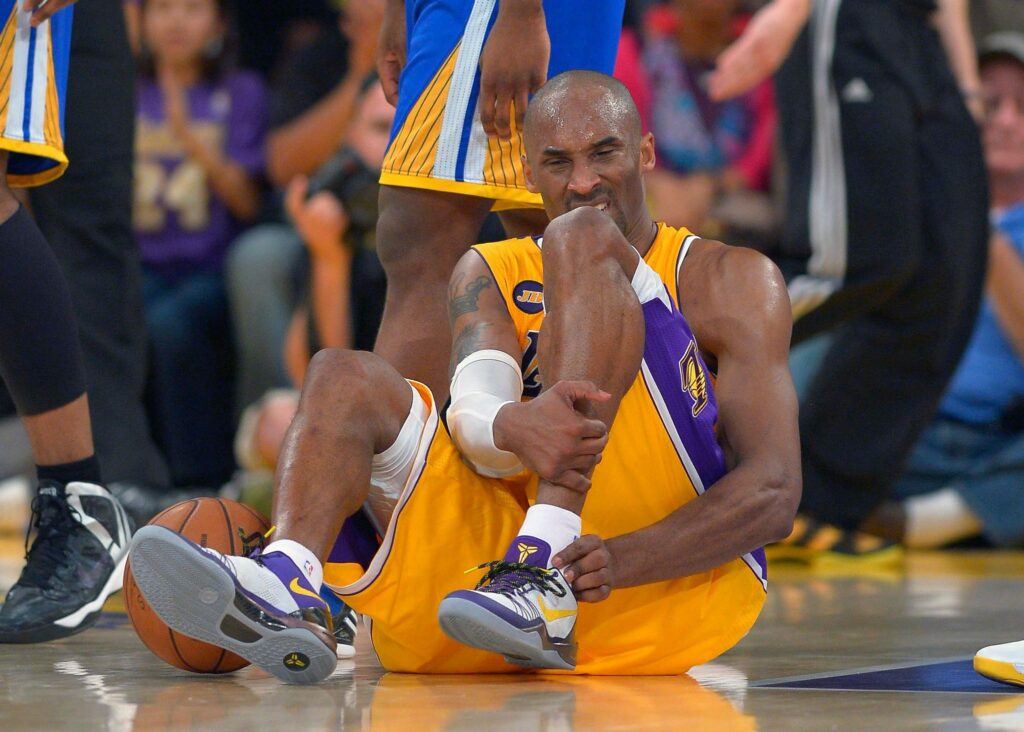
The global spotlight on Regenokine didn’t begin in academic journals — it began in the headlines. In the late 2000s and early 2010s, reports surfaced of high-profile athletes traveling to Düsseldorf, Germany, to see Dr. Peter Wehling for Orthokine/ACS injections. Among the most famous were Kobe Bryant, Alex Rodriguez, and golfer Fred Couples, each publicly crediting the therapy with helping them extend their careers.
These stories fueled both curiosity and skepticism. Was this simply another unproven “celebrity treatment,” or was there legitimate science behind it?
Early Clinical Sports Evidence
Long before it was trending in the NBA, ACS had been studied in sports contexts:
- Muscle Strains in Professional Athletes: Wright-Carpenter et al. (2004) conducted a small pilot study on professional soccer, basketball, and hockey players with muscle tears. Athletes who received ACS returned to full training roughly one-third faster than those treated with the European standard of care at the time (Actovegin® and Traumeel®). MRI scans confirmed accelerated muscle healing, and no adverse events were reported.
- Equine Sports Medicine: ACS was validated in horses — elite athletes in their own right. In controlled models of equine osteoarthritis, ACS injections improved joint histology compared to placebo (Frisbie et al., 2007, as cited in Wehling et al., 2007). These veterinary results laid the groundwork for human applications.
The Athlete Effect
The publicity surrounding Kobe Bryant’s repeated offseason trips to Germany created what many called the “Kobe effect” in sports medicine. Athletes from the NBA, NFL, MLB, and European football leagues began following suit. For athletes facing chronic joint pain with few non-surgical options, Regenokine offered a window of hope — even if definitive long-term data are still evolving.
“Before the RCTs hit journals, Regenokine was already being tested in the toughest laboratory of all — the careers of elite athletes.”

Limitations, Risks, and Controversies
For all the promise surrounding Regenokine, the evidence still lives in a gray space between innovation and full scientific validation. This makes it both exciting and controversial — particularly in the United States, where regulation is strict and the therapy is not FDA-approved.
Regulatory Landscape
Regenokine and Orthokine syringes are approved as medical devices in Europe and parts of Asia, but they do not have FDA clearance in the United States. As a result, the therapy is offered only in select U.S. clinics under physician discretion, not as an officially sanctioned or insurance-covered procedure (Evans et al., 2016). The FDA has also issued repeated cautions against broad marketing of regenerative therapies without robust evidence, putting Regenokine in a precarious category: available, but not formally endorsed.
Cost and Accessibility
The other major barrier is cost. A typical Regenokine series can run $10,000 – $20,000, often out-of-pocket. While this price may be justifiable for professional athletes desperate to preserve their careers, it creates a significant barrier for everyday patients. Unlike PRP, which is more accessible, Regenokine remains a boutique intervention.
Evidence Gaps
While clinical trials support ACS in knee osteoarthritis, tendinopathy, and spinal pain, the field faces several limitations:
- Heterogeneity in protocols: Dosing schedules vary from three to six injections, weekly or biweekly, with volumes ranging between 1–5 mL. This lack of standardization makes comparisons difficult (Jeyaraman et al., 2024).
- Long-term outcomes: Studies like Zarringam et al. (2018) suggest ACS does not delay joint replacement in advanced OA, raising questions about whether it modifies disease or simply buys time.
- Publication bias: Many studies are small, industry-supported, or observational, which can inflate positive results. Independent, multicenter trials remain limited (Evans et al., 2016).
- Mechanistic uncertainty: While IL-1Ra is the star player, ACS contains a cocktail of growth factors and cytokines whose combined roles are not fully understood (Wehling et al., 2007).
Safety Considerations
On the positive side, ACS has a strong safety profile. Reported adverse events are mild and transient: temporary injection-site pain, mild synovitis, or short-lived warmth and stiffness (Jeyaraman et al., 2024). Serious complications, such as infection, have not been reported in published clinical trials.
The Future of Regenokine in Sports Medicine
Regenokine represents one piece of a larger regenerative medicine puzzle. It doesn’t rebuild cartilage like stem cells may promise, nor does it signal new tissue growth the way peptides or exosomes are theorized to. But it offers something unique: powerful anti-inflammatory control.
In practice, Regenokine may find its role as:
- A bridge therapy for younger athletes not yet ready for joint replacement.
- An adjunct in tendinopathy rehab when exercise alone fails.
- A potential combination partner with other orthobiologics in the future.
As regenerative medicine evolves, ACS will likely sit alongside PRP, stem cells, exosomes, and peptides as part of a multimodal toolkit. For clinicians, the challenge is knowing when — and for whom — Regenokine makes the most sense.
Conclusion
Regenokine, or Autologous Conditioned Serum, is an innovative biologic therapy that has shown consistent promise in reducing pain and improving function in knee osteoarthritis, tendinopathy, and spinal disorders. It has been tested in both clinical trials and the unforgiving arena of professional sports.
But the therapy is not without limitations: cost, regulatory uncertainty, and lack of long-term disease-modifying evidence. For now, Regenokine should be considered a promising but not definitive option — particularly for athletes and active adults looking for non-surgical solutions in the performance and rehab continuum.
Free Download
Read More Like This
Related Podcasts
References
Baltzer, A. W. A., Moser, C., Jansen, S. A., & Krauspe, R. (2009). Autologous conditioned serum (Orthokine) is an effective treatment for knee osteoarthritis. Osteoarthritis and Cartilage, 17(2), 152–160. https://doi.org/10.1016/j.joca.2008.06.014
Becker, C., Heidersdorf, S., Drewlo, S., De Rodriguez, J., Kramer, J., & Herget, G. (2007). Efficacy of epidural perineural injections with autologous conditioned serum for lumbar radicular compression: A prospective, double-blind, reference-controlled study. Spine, 32(17), 1803–1808. https://doi.org/10.1097/BRS.0b013e31811ebac5
Damjanov, N., & Zekovic, A. (2018). Autologous conditioned serum versus corticosteroid injections in patients with chronic supraspinatus tendinopathy: A randomized controlled trial. Journal of International Medical Research, 46(2), 707–715. https://doi.org/10.1177/0300060517749822
Evans, C. H., Chevalier, X., & Wehling, P. (2016). Autologous conditioned serum. Physical Medicine and Rehabilitation Clinics of North America, 27(4), 893–908. https://doi.org/10.1016/j.pmr.2016.06.003
Jeyaraman, N., Jeyaraman, M., Ramasubramanian, S., Yadav, S., Balaji, S., Patro, B. P., & Gupta, A. (2024). Autologous conditioned serum in knee osteoarthritis: A systematic review of current clinical evidence. Cureus, 16(9), e68963. https://doi.org/10.7759/cureus.68963
von Wehren, L., Müller, L., Reinsch, M., Meyer, T., & Wehling, P. (2019). Autologous conditioned serum in the treatment of mid-portion Achilles tendinopathy: A randomized controlled trial. Sports Medicine International Open, 3(2), E74–E81. https://doi.org/10.1055/a-0880-2211
Wehling, P., Moser, C., Frisbie, D., McIlwraith, C. W., Kawcak, C. E., Krauspe, R., & Reinecke, J. A. (2007). Autologous conditioned serum in the treatment of orthopedic diseases: The Orthokine therapy. BioDrugs, 21(5), 323–332. https://doi.org/10.2165/00063030-200721050-00004
Wright-Carpenter, T., Klein, P., Schäferhoff, P., Appell, H. J., Mir, L. M., & Wehling, P. (2004). Treatment of muscle injuries by local administration of autologous conditioned serum: A pilot study on sportsmen with muscle strains. International Journal of Sports Medicine, 25(8), 588–593. https://doi.org/10.1055/s-2004-815715
Zarringam, D., Bekkers, J. E., & Saris, D. B. F. (2018). Long-term effect of injection treatment for osteoarthritis in the knee by Orthokine autologous conditioned serum. Cartilage, 9(2), 140–145. https://doi.org/10.1177/1947603517743001
